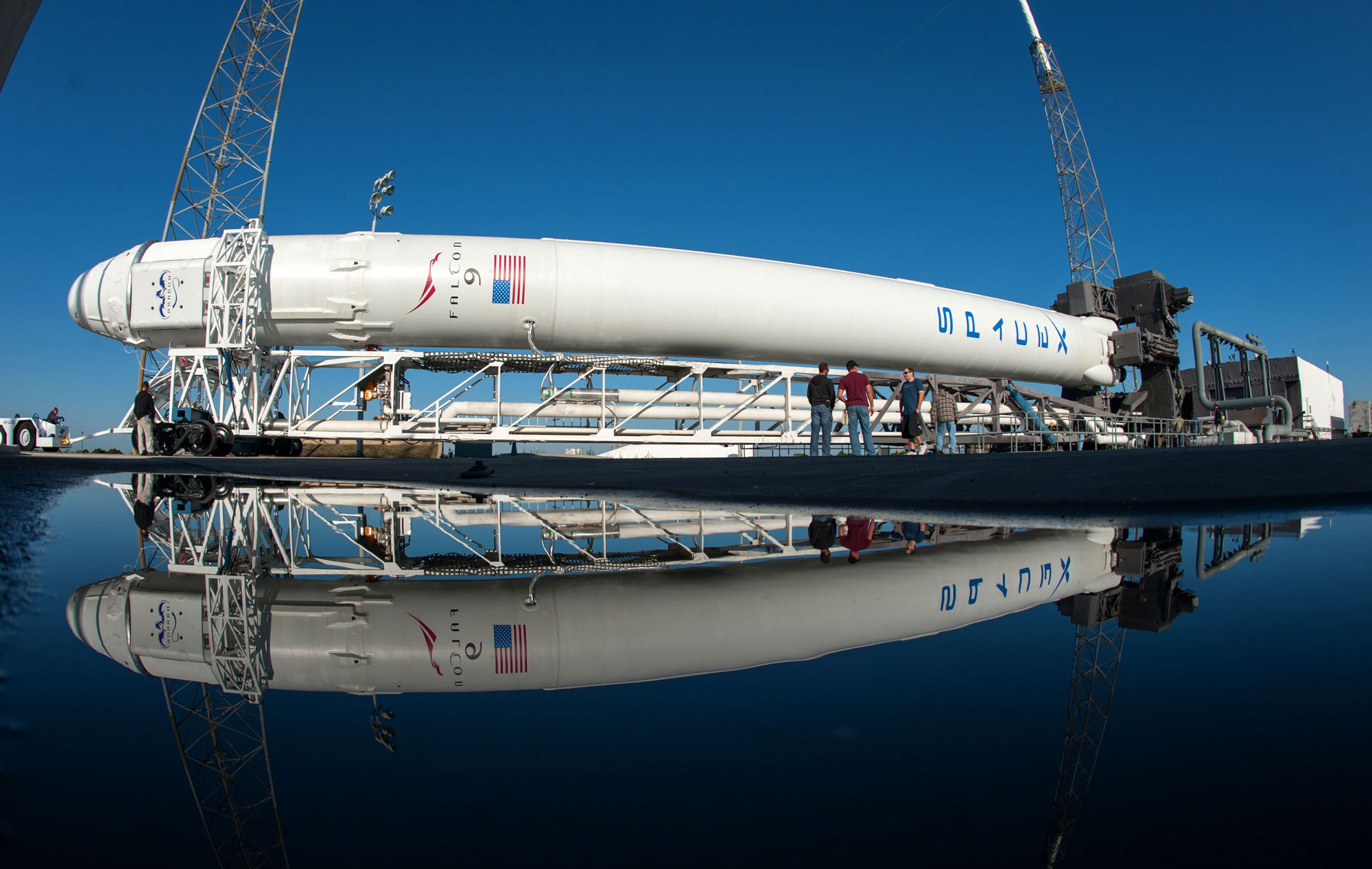
SpaceX is gearing up for a landmark liftoff that will not only inaugurate a new rocket upgrade and refurbished launch pad, but also provide a test of reusable rocket technology.
The Hawthorne, Calif.-based private spaceflight company is scheduled to launch an improved version of its Falcon 9 rocket from a newly rebuilt pad at California's Vandenberg Air Force Base on Saturday (Sept. 14).
The flight will loft Canada's Cassiope space weather satellite, as well as several secondary payloads, into orbit. But its primary purpose is to break in the new Falcon 9 version 1.1, SpaceX founder and CEO Elon Musk said recently. [The Rockets and Spaceships of SpaceX]
"This is essentially a development flight for the rocket," Musk told SpaceNews. "It's not an operational flight."
The Falcon 9 v1.1 is considerably longer and more powerful than the baseline Falcon 9, which has flown five times. All of those previous launches — two test flights and three missions to the International Space Station with SpaceX's Dragon cargo capsule — took off from Cape Canaveral Air Force Station in Florida.
Musk and SpaceX aim to reduce the cost of spaceflight dramatically by developing rapidly reusable rockets. Indeed, the company is working on a reusable prototype called Grasshopper, which has made a series of increasingly more complex test flights over the past year.
In line with these ambitions, the upcoming launch from Vandenberg will also feature a reusability demonstration. SpaceX plans to re-ignite the Falcon 9's first-stage engine in an attempt to make a soft water landing of the booster in the Pacific Ocean.
Get the Space.com Newsletter
Breaking space news, the latest updates on rocket launches, skywatching events and more!
Like many other bold first tries, this one probably won't work, SpaceX officials say.
"We do not expect this to be successful the first time," SpaceX spokeswoman Christina Ra told SPACE.com via email. "We've never done any water landing tests, so the chance of success is really low."
The first stage of the Falcon 9 v1.1 will be powered by nine Merlin 1D engines, a new variant that was cleared for commercial flight this past March after extensive testing at SpaceX's rocket-development facility. (The standard Falcon 9 used nine Merlin 1C engines.)
The Grasshopper prototype already uses the 1D, and the engine will also be incorporated into SpaceX's Falcon Heavy booster, a huge rocket still in development that will use 27 engines in its first stage. The Falcon Heavy, which is scheduled to fly for the first time in 2014, will be capable of carrying payloads weighing 53 metric tons to low-Earth orbit, company officials have said.
Follow Mike Wall on Twitter @michaeldwall and Google+. Follow us @Spacedotcom, Facebook or Google+. Originally published on SPACE.com.
Join our Space Forums to keep talking space on the latest missions, night sky and more! And if you have a news tip, correction or comment, let us know at: community@space.com.

Michael Wall is a Senior Space Writer with Space.com and joined the team in 2010. He primarily covers exoplanets, spaceflight and military space, but has been known to dabble in the space art beat. His book about the search for alien life, "Out There," was published on Nov. 13, 2018. Before becoming a science writer, Michael worked as a herpetologist and wildlife biologist. He has a Ph.D. in evolutionary biology from the University of Sydney, Australia, a bachelor's degree from the University of Arizona, and a graduate certificate in science writing from the University of California, Santa Cruz. To find out what his latest project is, you can follow Michael on Twitter.









